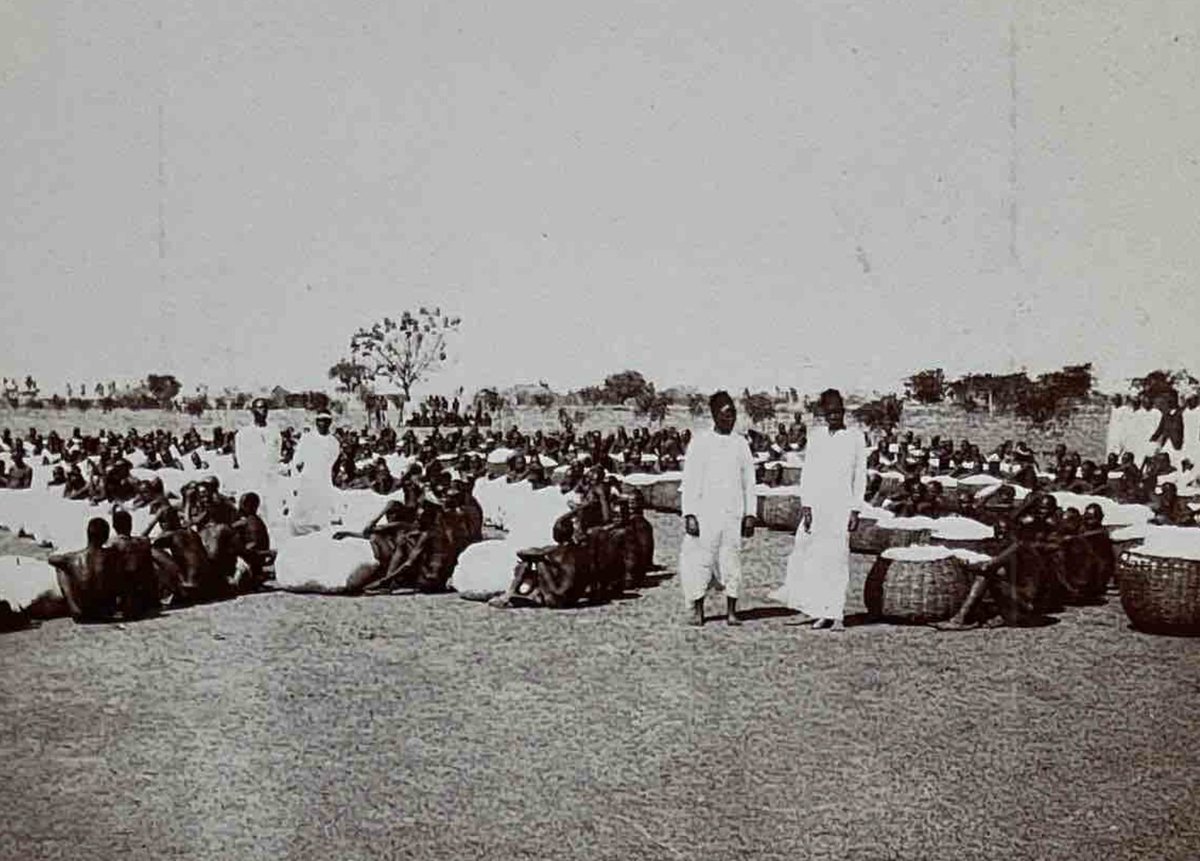Following Independence, ongoing debates continued in Mbale about the charter of Nakaloke county and Mbale town, which Milton Obote was eyeing as Uganda's future capital. One of the most vocal writers of this time was Samwiri Mulabbi, who "advise[d] every Mugisu 1/9 

wherever he or she may be to be quiet as you did when the boundary commission was doing its work." At length, he continued, "I ask all people of Bukedi to be calm about our land problem. [...] All of our trust is within God who created us on this jolly land of Bukedi. 2/9 

I know that our independent Uganda is not going to use the British saying which says that disturb and rule." 3/9
Earlier, in May, the work of the Boundary Commission had prompted thousands of concerned citizens to line the streets of Mbale, which was covered in Argus. 4/9
As early as 17 August 1960, UPC had expressed its concerns over the composition of the Commission. Independence answered many political questions during the early 1960s. But many remained for communities in eastern Uganda. 9/9 

.@moseskhisa Do you have any additional insights into these ongoing debates from the 1960s onward?
• • •
Missing some Tweet in this thread? You can try to
force a refresh




















